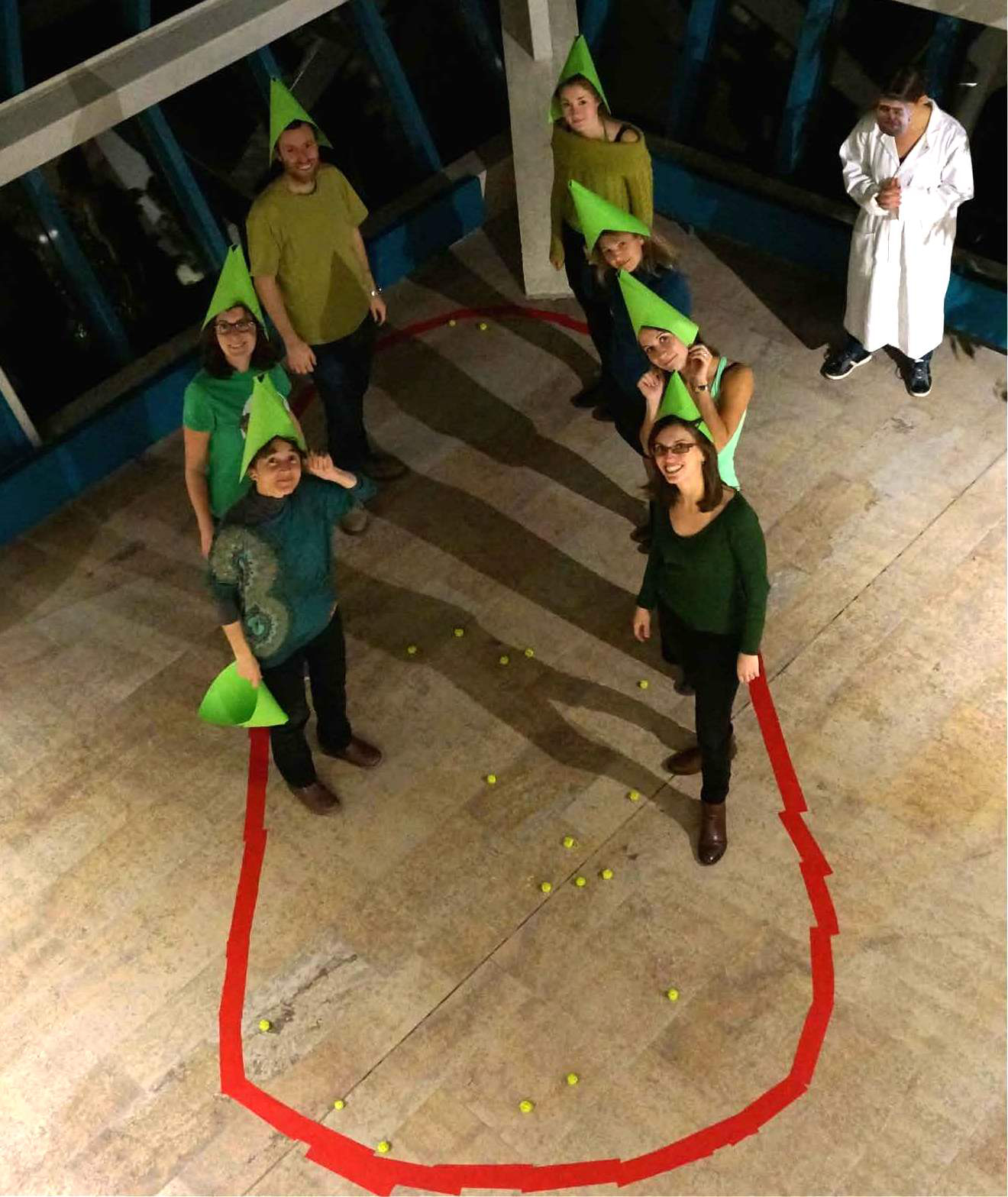
5 July 2017
The bacterial cytoskeleton controls many important cellular processes including bacterial cell morphogenesis, division and motility. Elements of the bacterial cytoskeleton mirror the major components of the cytoskeleton in eukaryotic cells; for example, the actin homologue MreB, the tubulin homologue FtsZ and the intermediate filament homologue CreS.
Dr Rut Carballido-López at the Institut National de la Recherché Agronomique (INRA) in France is renowned in the field for her pioneering work on the bacterial cytoskeleton in Bacillus subtilis. A Travelling Fellowship from the Journal of Cell Science allowed Sina Krokowski from Dr Serge Mostowy’s lab at Imperial College London to spend two months at INRA, developing her skills in bacterial cell biology techniques. To visualise the bacterial cytoskeleton in Escherichia coli, Sina learned how to construct fluorescent fusions to cytoskeletal elements. Importantly, her visit to the Carballido-López lab expanded her knowledge of microbial genetics, and Sina was able to generate a collection of tools to genetically modify a wide variety of Gram-negative bacteria.
Back in London, Sina shared her new knowledge and tools so that her colleagues were also able to benefit from her stay at INRA. A Travelling Fellowship from The Company of Biologists provided Sina with a unique opportunity to experience an international, highly performant research environment, and to form networks with researchers important to the future development of her career.
[Image: Group members of the Carballido-López lab representing MreB-GFP (green) inside Bacillus subtilis (red outline). MreBs from bottom left clockwise: Rut Carballido-López, Ruth Keary, Cyrille Billaudeau, Sina Krokowski, Magali Ventroux, Charlène Cornilleau, Alba de San Eustaquio Campillo. Scientist on the right: Cécile Ferret.]








You must be logged in to post a comment.